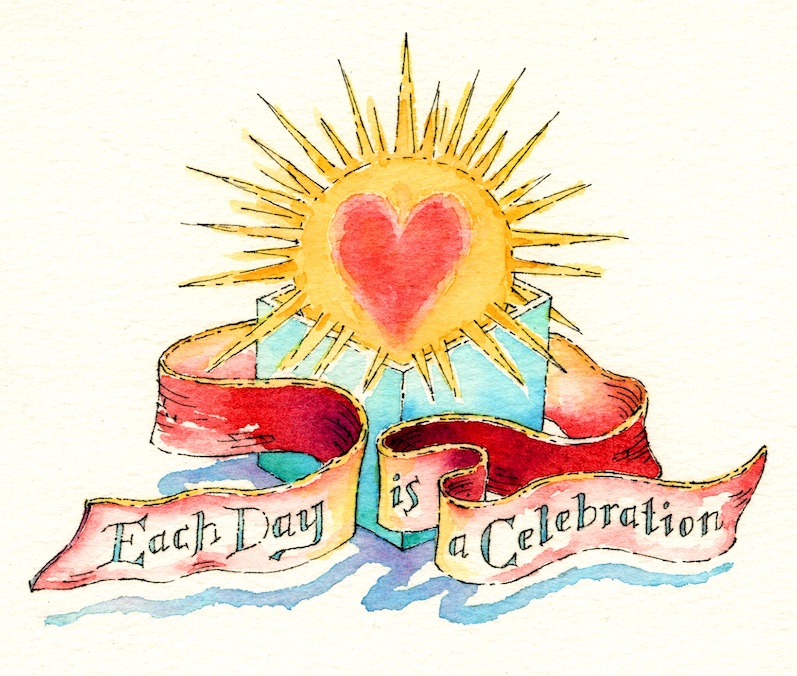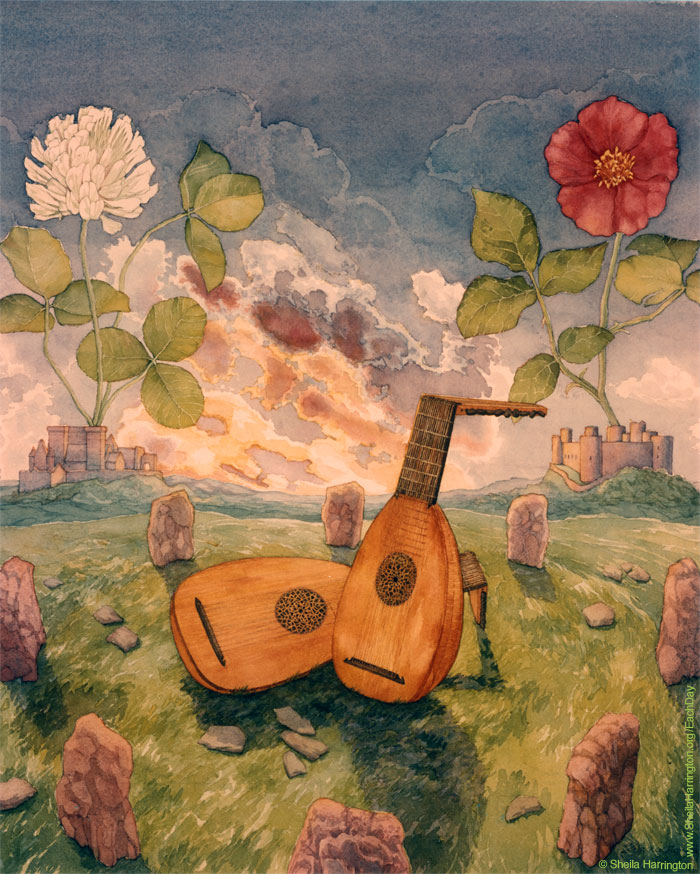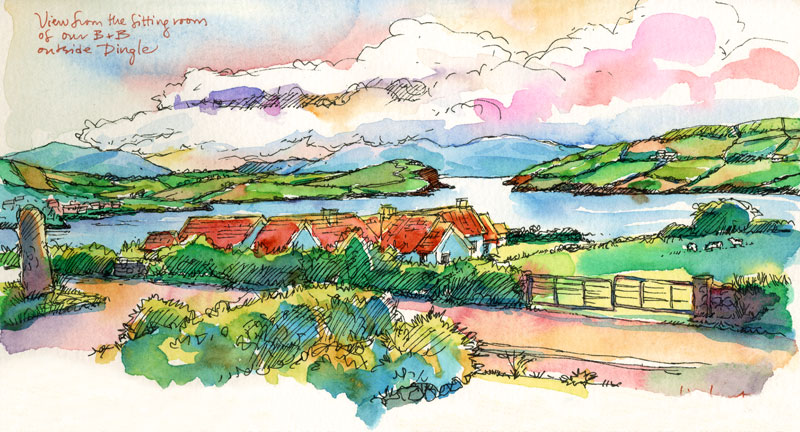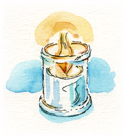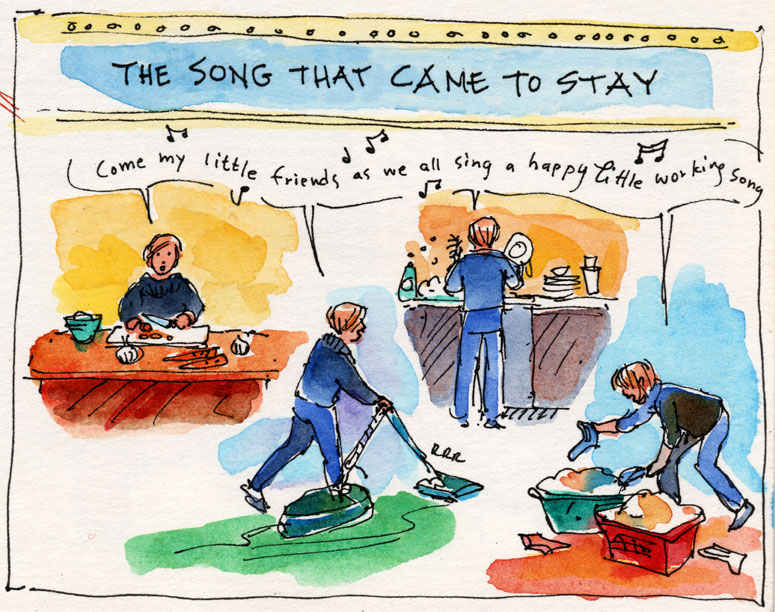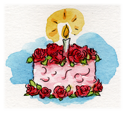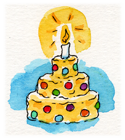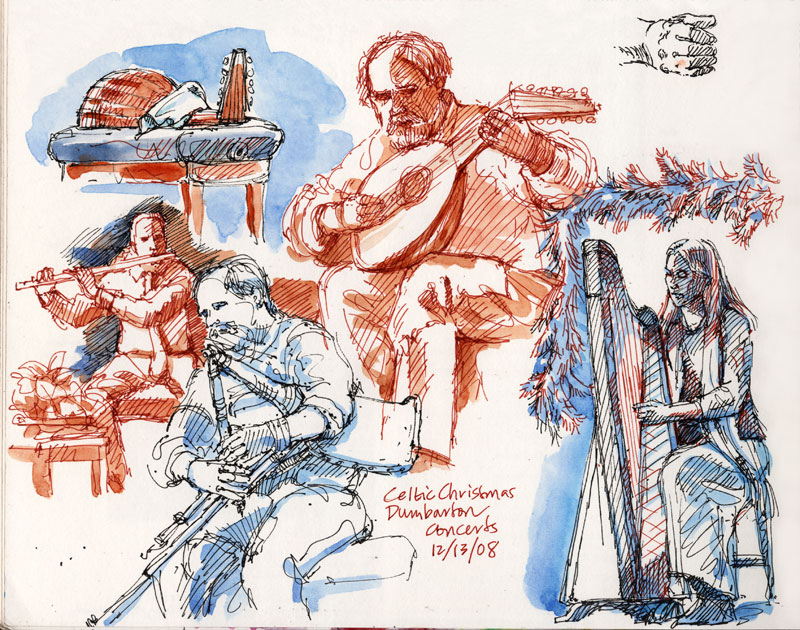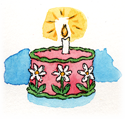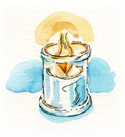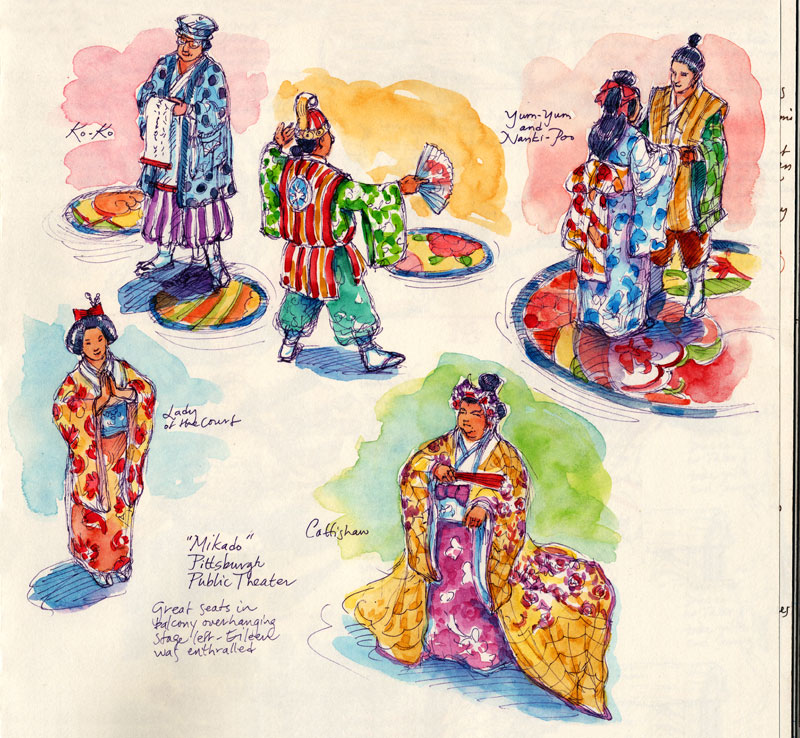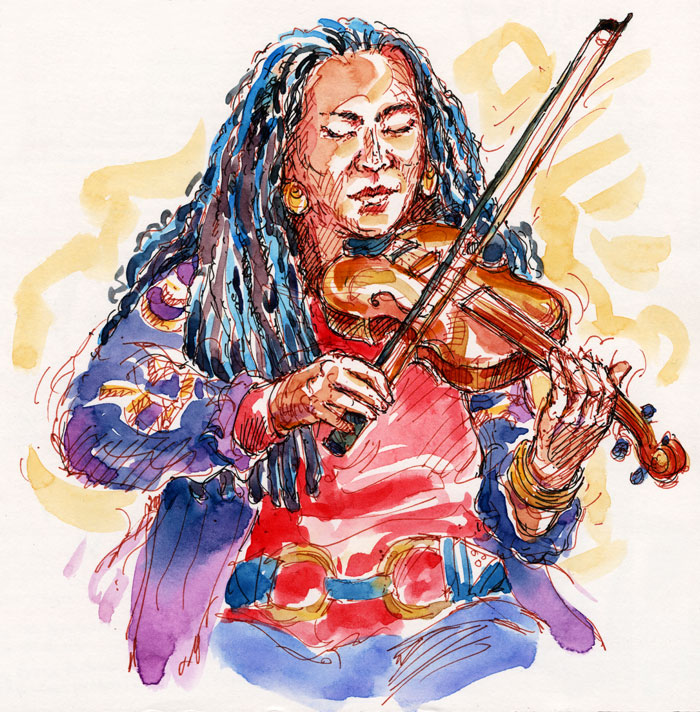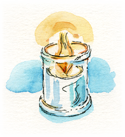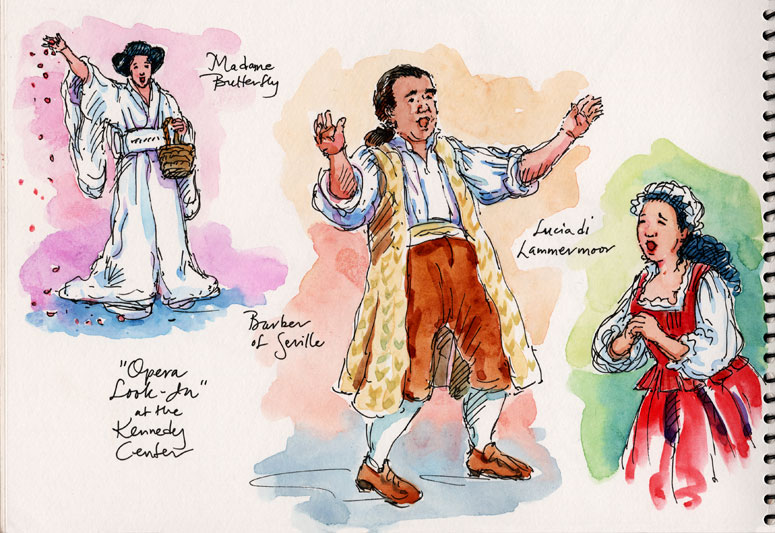Today, on the birthday of Robert Burns (1759-1796), I post the words of his beautiful and heart-tugging verse, as well as this painting (created long ago for the cover of a CD by musicians Linn Barnes and Allison Hampton), because a romantic rugged landscape with a castle and a red, red rose—albeit a Lancaster Rose—says “Robert Burns” to me.
If you have your hankie ready, you can listen to it sung by Scottish singer Andy Stewart.
For another Robert Burns verse and a sketch, please see Call the Ewes to the Hills; for a mini-bio and a comic, please see Move Yer Hurdies. And pour yourself a wee dram o’ whisky.
O, my luve’s like a red, red rose,
That’s newly sprung in June:
O, my luve’s like the melodie,
That’s sweetly play’d in tune.
As fair art thou, my bonnie lass,
So deep in luve am I:
And I will luve thee still, my dear,
Till a’ the seas gang dry.
Till a’ the seas gang dry, my dear,
And the rocks melt wi’ the sun!
O I will luve thee still, my dear,
While the sands o’ life shall run.
And fare thee weel, my only luve!
And fare thee weel a while!
And I will come again, my luve,
Tho’ it were ten thousand mile.
—Robert Burns
